It’s late evening, and you’re craving a warm, comforting cup of coffee. But you also want to ensure that sleep won’t elude you tonight. This is where decaf coffee steps in – a delightful brew that promises the rich flavors of coffee without the caffeine-induced insomnia. But just how much caffeine lurks in that seemingly innocent decaf cup? Let’s unravel this caffeinated mystery together.
Decaf coffee isn’t just a niche choice for the caffeine-sensitive; it’s a global phenomenon. From morning rituals to after-dinner sips, decaf coffee has woven into the fabric of coffee culture. We’ll explore the origins, decaffeination process, and factors influencing caffeine levels!
What is Decaffeinated Coffee?
Decaffeinated coffee, often lovingly called “decaf,” is a delightful beverage like regular coffee’s more laid-back cousin. It’s coffee with most of its caffeine content removed, ensuring you can enjoy the rich, aromatic flavors of coffee without the jitters and sleepless nights often accompanying its fully caffeinated counterpart.
Now, let’s get to the nitty-gritty of decaffeination. The process is like the superhero transformation of coffee, where caffeine is the villainous adversary being banished. Decaffe brew retains the beloved coffee taste while containing only a fraction of its caffeine content.
Historical Background of Decaf Coffee
The intriguing history of decaffeinated coffee dates back to the 1900s when caffeine content became a concern for coffee enthusiasts. Imagine a world where coffee lovers could only sip cautiously, fearing the relentless jitters and sleepless nights that often followed a cup of joe. This was the reality, and it wasn’t enjoyable.
In 1903, a German coffee merchant named Ludwig Roselius unintentionally stumbled upon the idea of decaffeination. Legend has it that a shipment of coffee beans was soaked in seawater during transit, rendering them nearly tasteless but, miraculously, caffeine-free. Roselius, a genius or a fortunate coffee enthusiast, recognized the potential and set out to perfect this accidental discovery.
Roselius’s early decaffeination efforts involved using a rather hazardous compound known as benzene – not the safest choice, but desperate times call for desperate measures. Thankfully, safer methods were developed, like the Swiss Water Process and the use of carbon dioxide. These methods were far less likely to result in explosive coffee experiments.
Today, decaffeinated coffee has come a long way from its accidental discovery and risky experiments. It’s a beloved option for those who want the flavor and aroma of coffee without the caffeine-induced excitement.
Caffeine in Decaf: The Numbers
Regular coffee is a caffeine powerhouse, which makes the world go round. On average, an 8-ounce cup of regular brewed coffee packs a punch of about 95 milligrams of caffeine. That’s enough to jolt you awake and send your heart on a morning adventure!
Decaffeinated coffee offers a gentler caffeine experience. An 8-ounce cup of decaffeinated coffee typically contains around 2 milligrams of caffeine. Yes, you read that right! It’s a mere whisper of what regular coffee delivers. So, if you’re looking to cut back on caffeine but still want to enjoy the warm embrace of a coffee cup, decaf is your gentle and serene companion.
Legal Requirements for Decaffeinated Coffee
While no specific regulations stipulate the maximum allowable caffeine content for coffee to be labeled as “decaffeinated,” there is a general guideline that the Food and Drug Administration (FDA) adheres to. The FDA typically does not object to using the term ‘decaffeinated’ on coffee products if at least 97 percent of the original caffeine content has been removed during the decaffeination process. This 97 percent removal threshold is considered a good baseline by the FDA.
To put this into perspective, let’s consider a hypothetical scenario: Imagine a bag of coffee beans that would have yielded an eight-ounce cup of coffee with 150 milligrams of caffeine before undergoing the decaffeination process. Applying the FDA’s guideline, after decaffeination, the resulting eight-ounce cup of coffee should contain no more than 4.5 milligrams of caffeine.
The Decaffeination Processes
There are several methods to remove stimulating caffeine from your coffee beans; each one is as fascinating as the last.
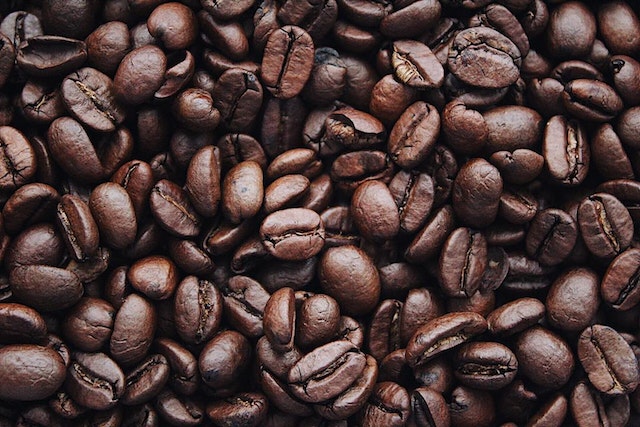
So grab your coffee cup, and let’s dive into the world of decaffeination!
- Swiss Water Process
First up, we have the Swiss Water Process. No, it doesn’t involve skiing or fondue, but it does promise coffee with significantly less caffeine. Here’s how it works:
Swiss Water Process is like the spa day for coffee beans. It starts by soaking green coffee beans in hot water, creating a coffee-flavored broth. But the magic happens when this broth passes through a charcoal filter. The charcoal grabs the caffeine molecules, leaving the flavor-packed coffee compounds behind.
This method is entirely chemical-free, making it the natural option for decaffeination. So, if you’re all about that organic, eco-friendly life, Swiss Water Process is your coffee soulmate.
- Solvent-Based Methods (Methylene Chloride and Ethyl Acetate)
Solvent-based methods may sound like something out of a chemistry lab, but they’re a common way to decaffeinate coffee. Two key players in this category are Methylene Chloride and Ethyl Acetate.
Methylene Chloride, despite its intimidating name, is a popular choice. It’s like the James Bond of decaffeination methods. Coffee beans relax in this solvent, which bonds with the caffeine molecules. Then, the beans are rinsed, and voila! Decaffeinated coffee beans, shaken but not stirred.
On the other hand, Ethyl Acetate sounds a bit more sophisticated, like a refined character from a classic novel. Coffee beans meet this solvent, derived from fruits, and the ethyl acetate cozies up to the caffeine, separating it from the beans. After a good rinse, the beans are caffeine-free and ready to fulfill your coffee cravings.
- Carbon Dioxide Method
Last, we have the Carbon Dioxide (CO2) method. Imagine subjecting coffee beans to a high-pressure CO2 bath. The CO2 molecules work, bonding with the caffeine and carrying it away. The beauty of this method is that it’s incredibly selective, focusing solely on caffeine and leaving the coffee’s precious flavors untouched. It’s like the coffee version of a spa facial.
Comparison of Decaffeination Methods
Now that we’ve met our caffeine-busting heroes let’s compare them:
- Flavor Preservation: The Swiss Water Process is the winner here, as it doesn’t use any chemicals, ensuring that the coffee’s original flavors are preserved. Solvent-based methods come next, and the Carbon Dioxide method, with its precision, is just a little behind.
- Environmental Impact: The Swiss Water Process is the eco-friendly choice again. Solvent-based methods, particularly Methylene Chloride, have faced environmental concerns, while the CO2 method is a bit more resource-intensive.
- Safety: The Swiss Water Process is entirely chemical-free, the safest option. Solvent-based methods are generally safe when handled correctly, but there are some concerns about chemical residues. The CO2 method, although safe, involves high-pressure equipment, which can be risky if not handled properly.
Each method has strengths and quirks in the grand coffee decaffeination scheme. Choosing the right outfit for a special occasion depends on your taste and the atmosphere you want to create.
Benefits of Sipping on Decaf Delights
Let’s dive into the delectable world of decaffeinated coffee, where the beans pack flavor without the caffeine punch. If you’re wondering why anyone would opt for decaf, read on.
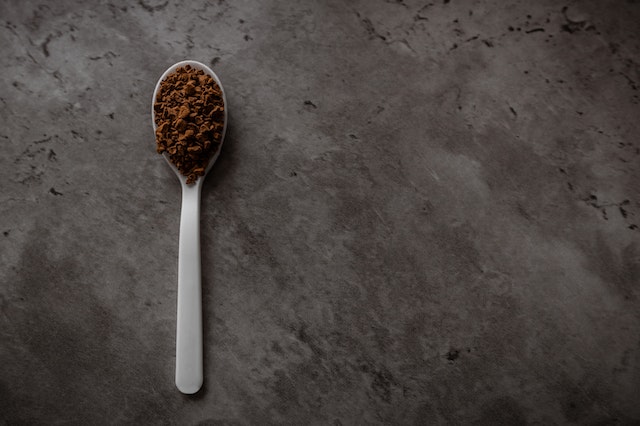
It turns out there are more perks to this brew than meets the eye.
Reduced Risk of Caffeine-Related Health Issues
Imagine you’re a coffee lover, but your heart races like it’s in a marathon every time you sip your favorite brew. That’s where decaf coffee swoops in as the caffeine crusader. It’s your go-to when you’re looking to reduce your risk of caffeine-related health issues. Unlike its caffeinated counterpart, Decaf won’t send your blood pressure through the roof. Say goodbye to palpitations and hello to peace of mind.
Enjoying Coffee Without Sleep Disturbances
Decaf coffee lets you revel in the coffeehouse experience without the subsequent crash that makes you question your life choices. It’s like having a coffee date with your taste buds without the dramatic exit. Plus, say goodbye to those sleepless nights. Decaf lets you sip your way to dreamland without caffeine-induced insomnia haunting your slumber.
Suitable for Various Health Conditions
Decaf isn’t just for the caffeine-phobic; it’s an all-inclusive beverage. It welcomes everyone to the coffee party, even those with health conditions that caffeine might aggravate. Do acid reflux? Decaf to the rescue! Are you expecting a little one? Decaf is the designated driver for your coffee cravings during pregnancy.
Even if you’re managing conditions like anxiety or heart arrhythmias, decaf allows you to enjoy the coffee experience without the heart-pounding repercussions. It’s like coffee with a prescription for wellness.
Taste and Aroma Benefits
Let’s not forget the taste buds in this decaffeinated journey. Decaf doesn’t skimp on flavor; it’s like regular coffee minus the caffeine cameo. You get to savor those rich, aromatic notes without the caffeine-induced overdrive. Your taste buds can do the tango with the complex flavors of coffee, from nutty to chocolatey, without needing a caffeine straightjacket.
So, whether you’re caffeine-sensitive, expecting a little one, or just craving a peaceful coffee experience, embrace decaf coffee – the sip that lets you have your coffee and drink it, too!
Wrapping Up
In our journey through decaf coffee, we’ve demystified its caffeine content, explored the decaffeination process, and uncovered the benefits of this brew. Decaf coffee isn’t just about avoiding caffeine; it’s about embracing a nuanced and flavorful world of coffee suitable for various preferences and needs.
So, next time you reach for that decaf coffee, savor it for what it lacks and offers in taste, aroma, and health benefits. Explore the diverse world of decaf coffee and make it a delightful part of your coffee journey. Cheers to the world of decaf!
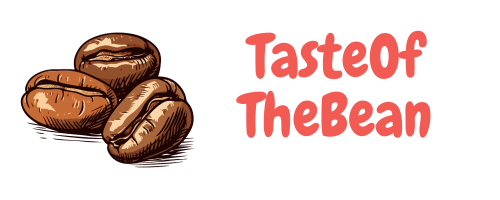

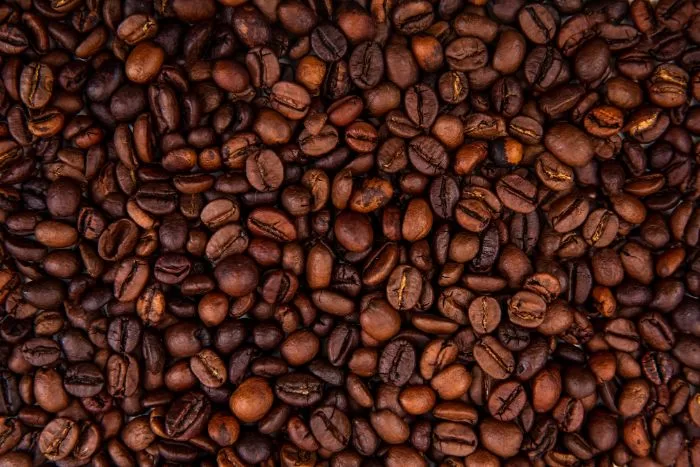
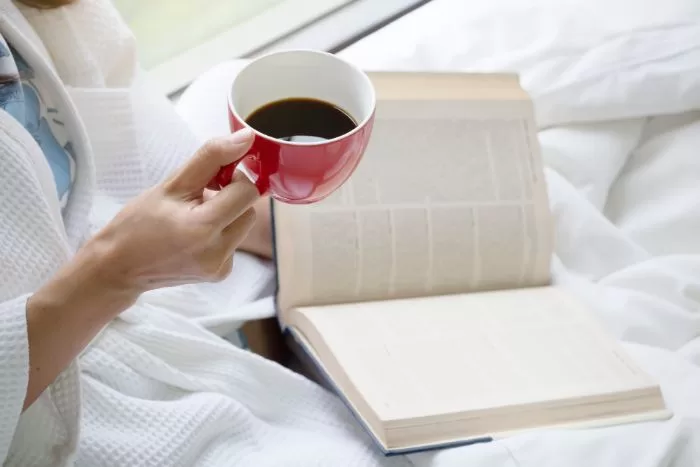
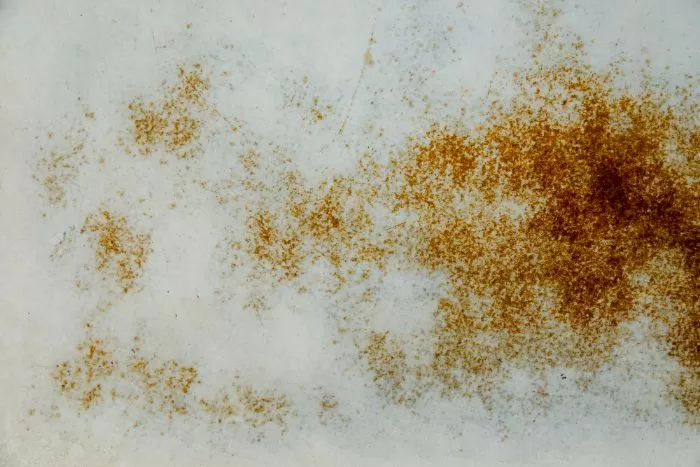
Leave a Reply